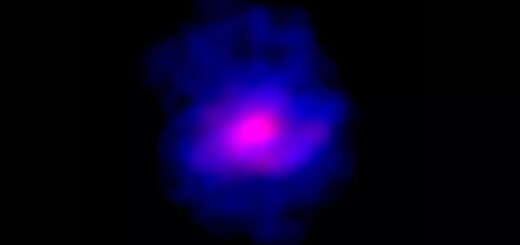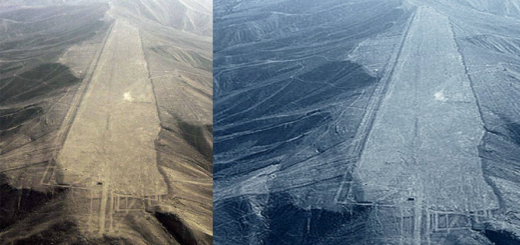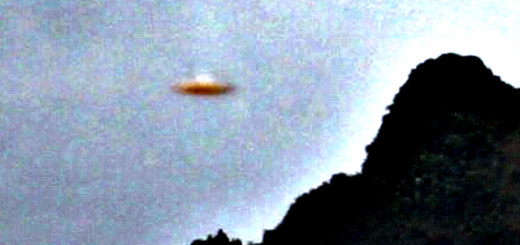Our Neighbor Alpha Centauri: Search For Habitable Planets In The System, Continues

Yale astronomers make now a close look at our neighboring Alpha Centauri star system and find new ways to narrow the search for habitable planets there. This time, study ruled out the existence of a number of larger planets in the system that had popped up in previous models.
There may be small, Earth-like planets in Alpha Centauri that have been overlooked, astronomers say.
The closest star system to the Earth is the famous Alpha Centauri group. It is located in the constellation of Centaurus (The Centaur) at a distance of 4.3 light-y ears (1.3 parsecs (24.9 trillion miles) from Earth).
The system consists of the binary formed by the stars Alpha Centauri A and Alpha Centauri B, plus the faint red dwarf Alpha Centauri C, also known as Proxima Centauri.
“The universe has told us the most common types of planets are small planets, and our study shows these are exactly the ones that are most likely to be orbiting Alpha Centauri A and B,” said Professor Debra Fischer of Yale University,a leading expert on exoplanets .
Fischer said that Alpha Centauri is so close to the Earth and “there’s almost certain to be small, rocky planets around Alpha Centauri A and B.”
The findings are based on data coming in from a new wave of more advanced spectrographic instruments at observatories located in Chile: CHIRON, a spectrograph built by Fischer’s team; HARPS, built by a team from Geneva; and UVES, part of the Very Large Telescope Array.
Lily Zhao, graduate student at Yale University and the first author of the study, determined that for Alpha Centauri A, there might still be orbiting planets that are smaller than 50 Earth masses. For Alpha Centauri B there might be orbiting planets than are smaller than 8 Earth masses; for Proxima Centauri, there might be orbiting planets that are less than one-half of Earth’s mass.
“This is a very green study in that it recycles existing data to draw new conclusions,” said Zhao.
“By using the data in a different way, we are able to rule out large planets that could endanger small, habitable worlds and narrow down the search area for future investigations.”
The study,funded in part by NASA and the National Science Foundation, appears in the Astronomical Journal.



 Creators of mankind
Creators of mankind Description of “Tall white aliens”
Description of “Tall white aliens” Where they came from?
Where they came from? About hostile civilizations
About hostile civilizations The war for the Earth
The war for the Earth “Tall white aliens” about eternal life
“Tall white aliens” about eternal life Video: “Nordic aliens”
Video: “Nordic aliens” Aliens
Aliens Alien encounters
Alien encounters The aliens base
The aliens base UFO
UFO Technology UFO
Technology UFO Underground civilization
Underground civilization Ancient alien artifacts
Ancient alien artifacts Military and UFO
Military and UFO Mysteries and hypotheses
Mysteries and hypotheses Scientific facts
Scientific facts


















